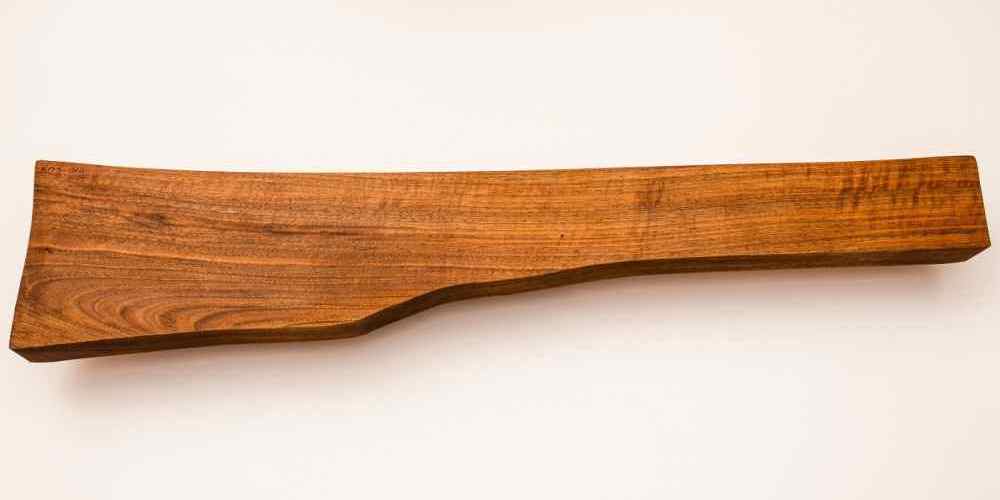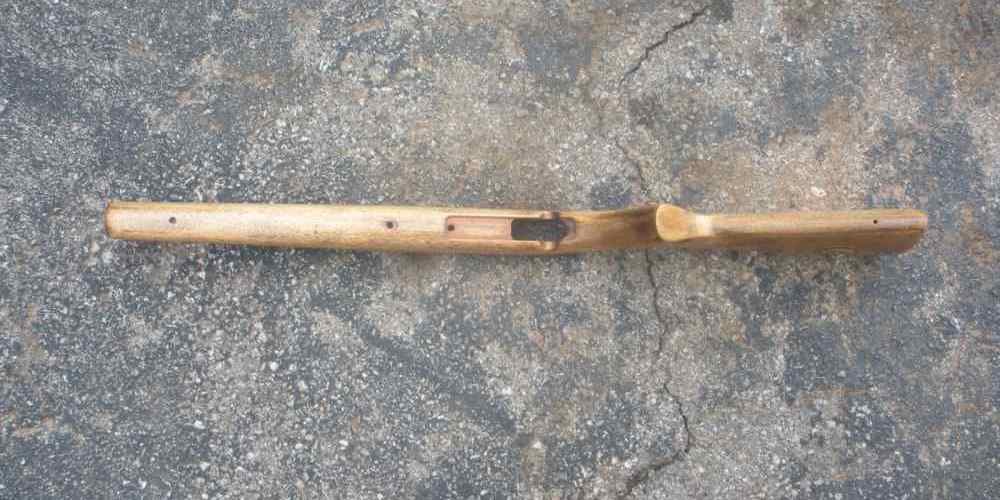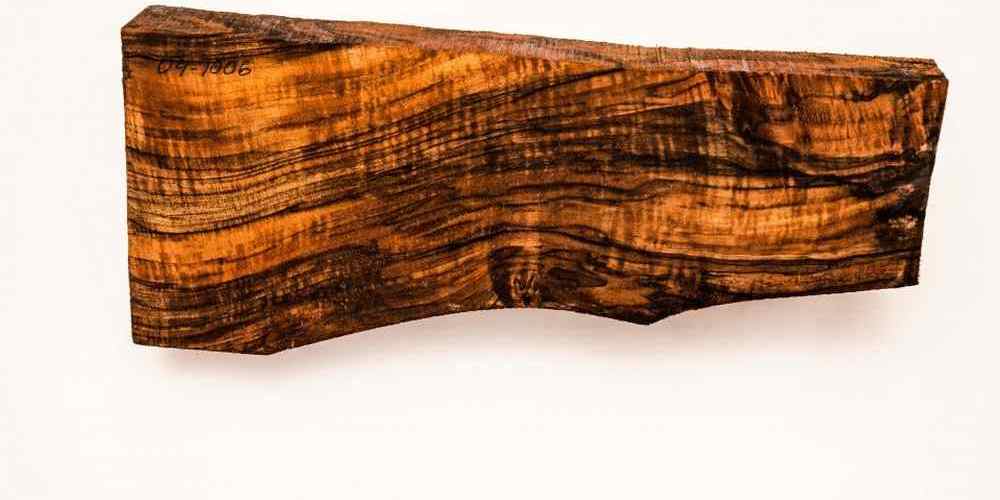“Enhancing precision through material science.”
Benefits of Using Different Rifle Stock Materials
When it comes to choosing a rifle stock material, there are several factors to consider. One of the most important aspects to take into account is the acoustics of the material. The acoustics of a rifle stock can have a significant impact on the overall performance of the firearm. In this article, we will explore the benefits of using different rifle stock materials and how they can affect the acoustics of the rifle.
One of the most common materials used for rifle stocks is wood. Wood has been a popular choice for rifle stocks for centuries due to its natural beauty and durability. However, wood can also have a significant impact on the acoustics of a rifle. When a shot is fired, the vibrations from the recoil can be absorbed by the wood, resulting in a quieter shot. This can be beneficial for hunters who want to remain stealthy while out in the field.
Another popular material for rifle stocks is synthetic materials such as fiberglass or carbon fiber. These materials are lightweight and durable, making them a popular choice for modern rifles. However, synthetic materials can also have an impact on the acoustics of a rifle. Because these materials are less dense than wood, they can transmit more vibrations from the recoil, resulting in a louder shot. While this may not be a concern for some shooters, it is something to consider when choosing a rifle stock material.
In addition to wood and synthetic materials, there are also composite materials that are a combination of both. These materials can offer the best of both worlds, combining the natural beauty of wood with the durability of synthetic materials. Composite materials can also have a significant impact on the acoustics of a rifle. Depending on the composition of the material, it can either absorb or transmit vibrations from the recoil, resulting in a quieter or louder shot.
Ultimately, the choice of rifle stock material will depend on the individual shooter’s preferences and needs. Some shooters may prefer the natural beauty of wood, while others may prioritize durability and weight savings with synthetic materials. Composite materials offer a middle ground for shooters who want the benefits of both wood and synthetic materials.
In conclusion, the acoustics of rifle stock materials can have a significant impact on the overall performance of a firearm. Whether you choose wood, synthetic materials, or a composite material, it is important to consider how the material will affect the acoustics of the rifle. By understanding the acoustics of different rifle stock materials, shooters can make an informed decision that best suits their needs and preferences.
Impact of Stock Material on Recoil and Accuracy
When it comes to shooting accuracy and recoil management, the material of the rifle stock plays a crucial role. The choice of stock material can significantly impact the overall performance of a rifle, affecting factors such as recoil, accuracy, and comfort. Understanding the acoustics of different stock materials is essential for shooters looking to optimize their shooting experience.
One of the key factors to consider when selecting a rifle stock material is its ability to absorb and dampen recoil. Recoil is the backward movement of a rifle when fired, caused by the force of the bullet being expelled from the barrel. A stock material that is able to absorb and dissipate this recoil energy can help reduce the felt recoil experienced by the shooter, making the rifle more comfortable to shoot.

Materials such as wood and synthetic composites are commonly used for rifle stocks due to their ability to absorb recoil. Wood stocks, in particular, are known for their natural ability to dampen recoil, providing a smooth shooting experience. Synthetic composites, on the other hand, can be engineered to have specific properties that enhance recoil absorption, making them a popular choice for modern rifles.
In addition to recoil management, the material of the rifle stock can also impact shooting accuracy. The acoustics of the stock material can affect the way vibrations travel through the rifle, ultimately influencing the stability and consistency of the shot. A stock material that is too rigid or too flexible can introduce unwanted vibrations into the rifle, leading to decreased accuracy.
Wood stocks are known for their natural dampening properties, which can help reduce vibrations and improve shooting accuracy. However, wood stocks can be prone to warping and swelling due to changes in temperature and humidity, which can affect the stability of the rifle. Synthetic composites offer a more stable and consistent option for shooters looking to maintain accuracy over time.
When selecting a rifle stock material, it is important to consider the balance between recoil management and shooting accuracy. A material that is too soft may provide excellent recoil absorption but sacrifice shooting accuracy, while a material that is too rigid may enhance accuracy but increase felt recoil. Finding the right balance is key to optimizing the performance of your rifle.
In conclusion, the acoustics of rifle stock materials play a significant role in determining the overall performance of a rifle. The choice of stock material can impact factors such as recoil management, shooting accuracy, and comfort. By understanding the properties of different stock materials and how they affect the acoustics of the rifle, shooters can make informed decisions when selecting a stock material that best suits their needs. Whether you prefer the natural dampening properties of wood or the engineered performance of synthetic composites, choosing the right stock material can help you achieve optimal shooting results.
Comparison of Wood, Synthetic, and Composite Stocks
When it comes to choosing a rifle stock, there are several factors to consider, including weight, durability, and most importantly, acoustics. The material of the stock can have a significant impact on the sound produced when firing a rifle. In this article, we will explore the acoustics of three common rifle stock materials: wood, synthetic, and composite.
Wood stocks have been a popular choice for rifle enthusiasts for centuries. They are known for their classic look and feel, as well as their natural acoustic properties. Wood stocks tend to absorb and dampen the sound of the rifle when fired, resulting in a quieter shooting experience. This can be beneficial for hunters who want to remain discreet in the field.
On the other hand, synthetic stocks are made from materials such as fiberglass, carbon fiber, or polymer. These stocks are lightweight and durable, making them a popular choice for tactical shooters and competitive marksmen. However, synthetic stocks are not as effective at dampening sound as wood stocks. The material tends to resonate and amplify the sound of the rifle when fired, resulting in a louder report.
Composite stocks are a hybrid of wood and synthetic materials, offering the best of both worlds. They are lightweight and durable like synthetic stocks, but also have the acoustic properties of wood stocks. Composite stocks are designed to absorb and dampen the sound of the rifle when fired, providing a quieter shooting experience without sacrificing performance.
When comparing the acoustics of wood, synthetic, and composite stocks, it is important to consider the type of shooting you will be doing. If you are a hunter who values stealth and discretion, a wood stock may be the best choice for you. The natural acoustic properties of wood will help to muffle the sound of your rifle, allowing you to remain undetected in the field.
On the other hand, if you are a competitive shooter or tactical marksman who values performance and durability, a synthetic stock may be more suitable. While synthetic stocks may be louder when fired, they are lightweight and rugged, making them ideal for high-intensity shooting situations.
For those who want the best of both worlds, a composite stock may be the perfect solution. These stocks combine the lightweight and durable properties of synthetic materials with the acoustic benefits of wood. Composite stocks offer a balance of performance and sound dampening, making them a versatile option for a variety of shooting applications.
In conclusion, the acoustics of rifle stock materials play a crucial role in the shooting experience. Wood stocks are known for their ability to absorb and dampen sound, making them ideal for hunters who value stealth. Synthetic stocks are lightweight and durable, but tend to amplify the sound of the rifle when fired. Composite stocks offer a balance of performance and sound dampening, making them a versatile option for shooters who want the best of both worlds. Ultimately, the choice of rifle stock material will depend on your shooting preferences and the type of shooting you will be doing.
How Stock Material Affects Sound Dampening
When it comes to shooting rifles, there are many factors that can affect the overall performance of the firearm. One often overlooked aspect is the material used for the rifle stock. The stock of a rifle plays a crucial role in not only the comfort and stability of the shooter but also in the acoustics of the firearm. Understanding how different stock materials can affect sound dampening is essential for those looking to optimize their shooting experience.
One of the key ways in which stock material affects sound dampening is through its ability to absorb and dampen vibrations. When a rifle is fired, a significant amount of energy is released, resulting in vibrations that can create noise. The material of the stock can either absorb these vibrations or allow them to reverberate, affecting the overall sound produced by the firearm.
Materials such as wood and synthetic composites are commonly used for rifle stocks and each has its own unique properties when it comes to sound dampening. Wood, for example, is known for its natural ability to absorb vibrations, making it an excellent choice for those looking to reduce the noise produced by their rifle. Synthetic composites, on the other hand, can vary in their ability to dampen sound depending on the specific material used.
In addition to the material itself, the design and construction of the stock can also play a role in sound dampening. Stocks that are hollow or have internal cavities can act as resonating chambers, amplifying the sound produced by the rifle. Conversely, stocks that are solid and well-constructed can help to dampen vibrations and reduce noise.
Another factor to consider when it comes to sound dampening is the overall weight and density of the stock material. Heavier, denser materials are generally better at absorbing vibrations and reducing noise compared to lighter, less dense materials. This is why many shooters opt for stocks made from materials such as hardwood or fiberglass, which offer superior sound dampening properties.
It’s important to note that while stock material can have a significant impact on sound dampening, it is not the only factor to consider. The design of the rifle, the type of ammunition used, and even the environment in which the firearm is being fired can all affect the overall sound produced. However, choosing the right stock material is a crucial step in optimizing the acoustics of your rifle.
In conclusion, understanding how stock material affects sound dampening is essential for those looking to improve their shooting experience. By choosing the right material and design for your rifle stock, you can help to reduce noise and vibrations, creating a more enjoyable and effective shooting experience. Whether you prefer wood, synthetic composites, or another material altogether, be sure to consider the acoustics of your rifle stock when making your selection.
Importance of Stock Material in Long-Range Shooting
When it comes to long-range shooting, every detail matters. From the type of rifle you choose to the ammunition you use, each component plays a crucial role in the accuracy and performance of your shot. One often overlooked aspect of long-range shooting is the material used in the construction of the rifle stock. The stock material can have a significant impact on the acoustics of the rifle, which in turn can affect the accuracy of your shot.
The acoustics of a rifle refer to the sound produced when the gun is fired. This sound is a result of the vibrations that occur within the rifle as the bullet is propelled down the barrel. The material of the rifle stock can either dampen or amplify these vibrations, which can have a direct impact on the accuracy of your shot.
One of the most common materials used in rifle stocks is wood. Wood has been a popular choice for rifle stocks for centuries due to its natural beauty and durability. However, wood is not the best material when it comes to dampening vibrations. When a shot is fired, the vibrations can travel through the wood stock, creating a loud and distinct sound. This can be a problem for long-range shooters who rely on stealth and precision.
Another popular material for rifle stocks is synthetic materials such as fiberglass or carbon fiber. These materials are much lighter and more durable than wood, making them a popular choice for modern rifles. In terms of acoustics, synthetic materials are much better at dampening vibrations than wood. This means that when a shot is fired, the vibrations are absorbed by the synthetic material, resulting in a quieter and more consistent sound.
Understanding the acoustics of rifle stock materials is important for long-range shooters who are looking to improve their accuracy and performance. By choosing a stock material that is able to dampen vibrations effectively, shooters can reduce the amount of noise produced when firing a shot. This can be especially important for hunters who need to remain undetected while in the field.
In addition to reducing noise, choosing the right stock material can also improve the consistency of your shots. When vibrations are dampened effectively, the rifle is less likely to experience barrel whip or other forms of movement that can affect the trajectory of the bullet. This can result in tighter groupings and more accurate shots, especially at longer distances.
Overall, the acoustics of rifle stock materials play a crucial role in the performance of a long-range shooter. By choosing a stock material that is able to dampen vibrations effectively, shooters can improve their accuracy, reduce noise, and achieve more consistent shots. Whether you prefer the classic look of wood or the modern benefits of synthetic materials, it is important to consider the acoustics of the rifle stock when selecting a rifle for long-range shooting.






